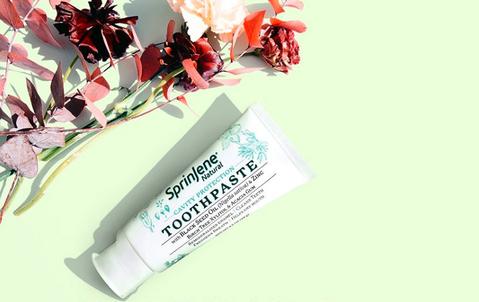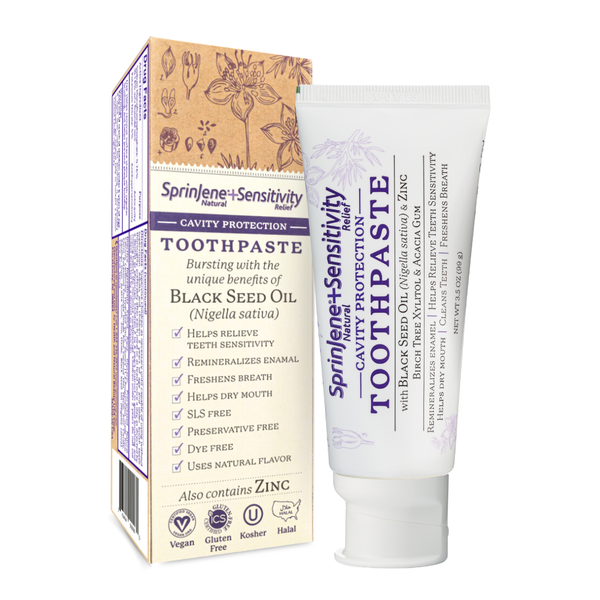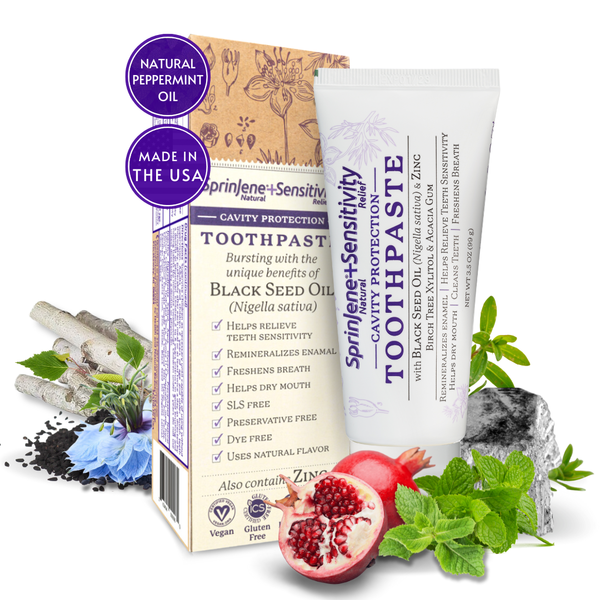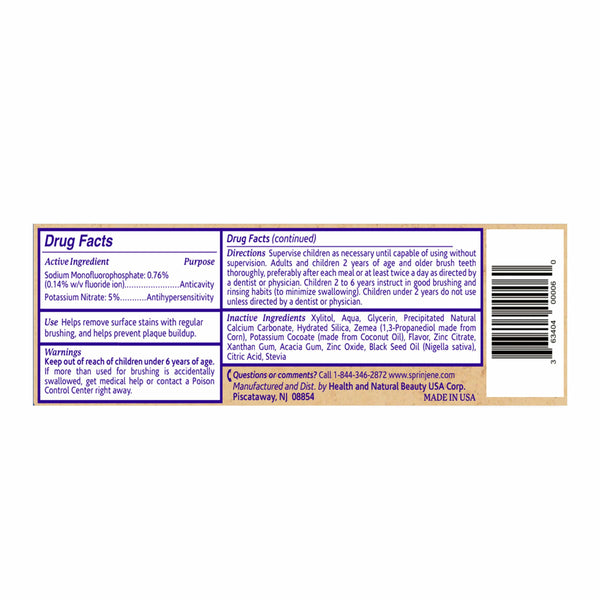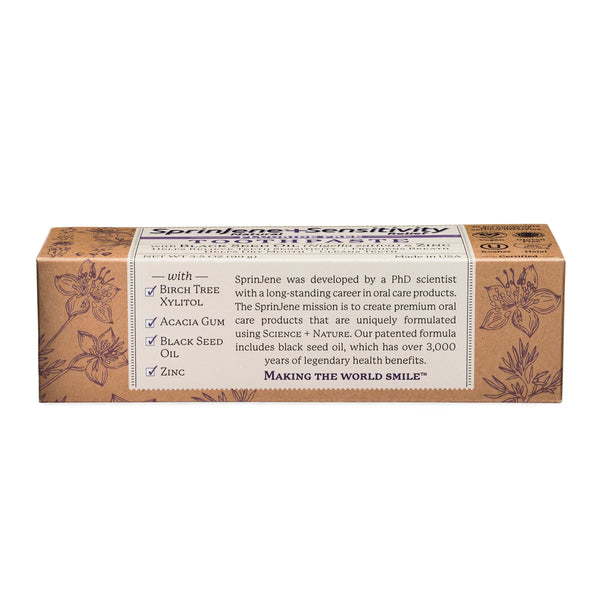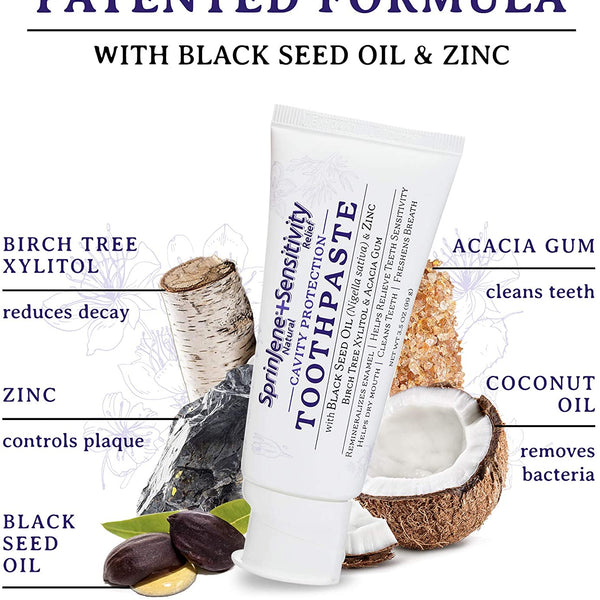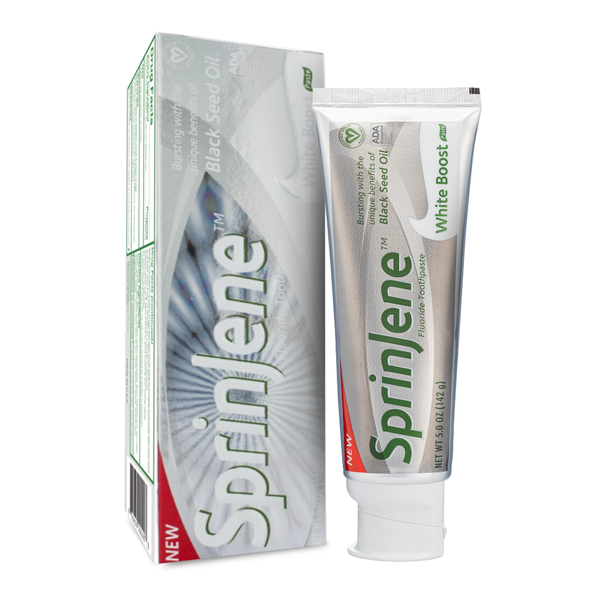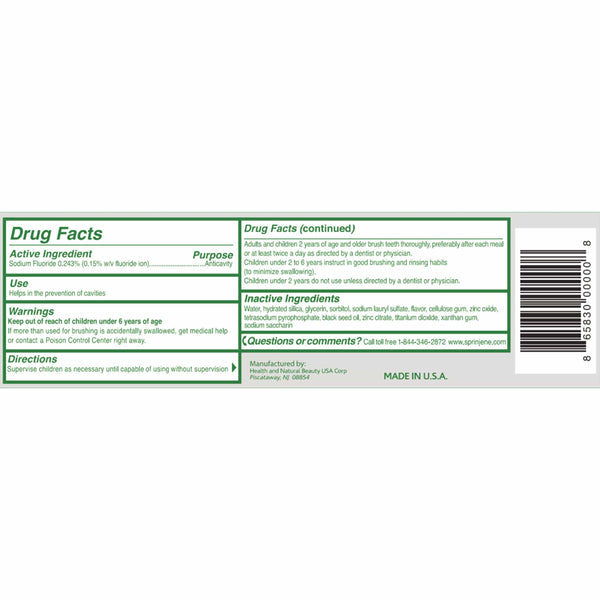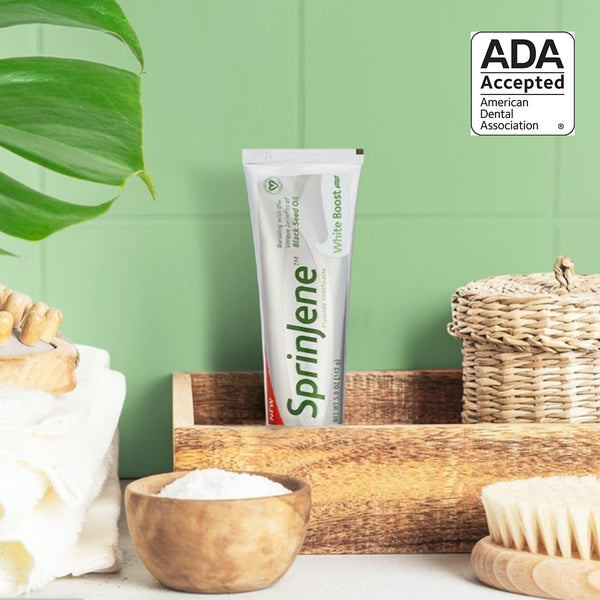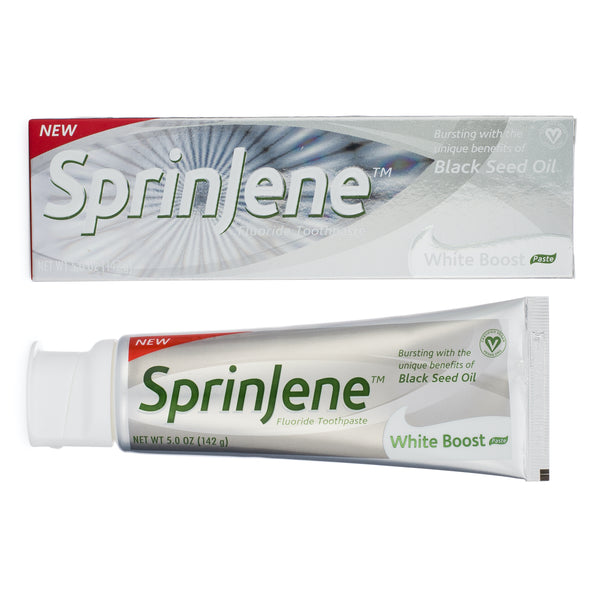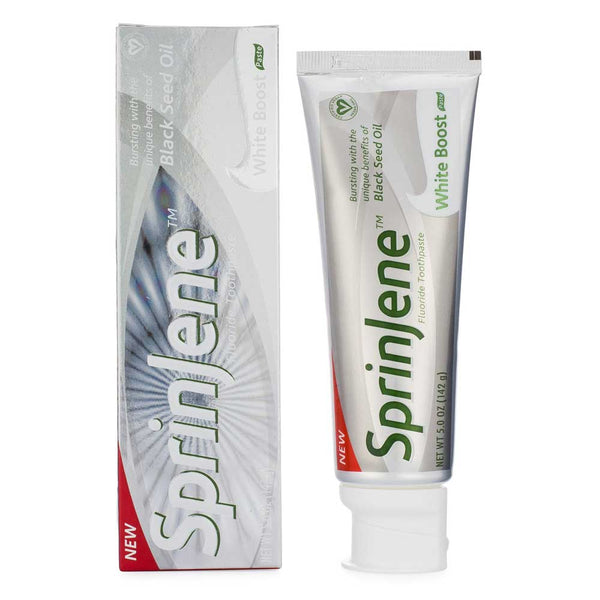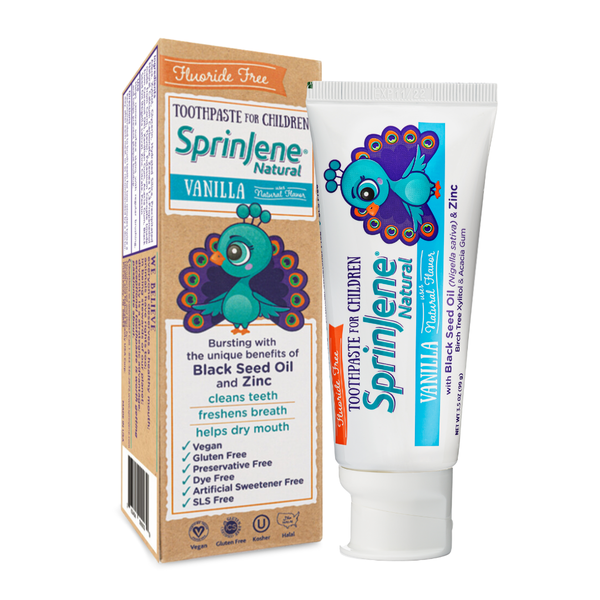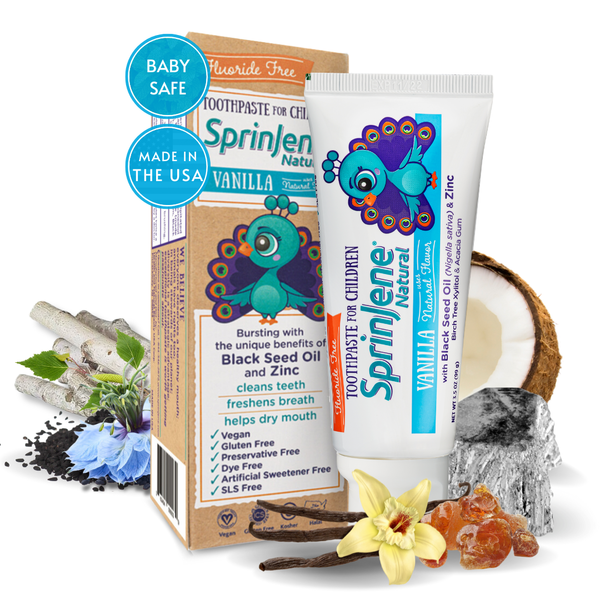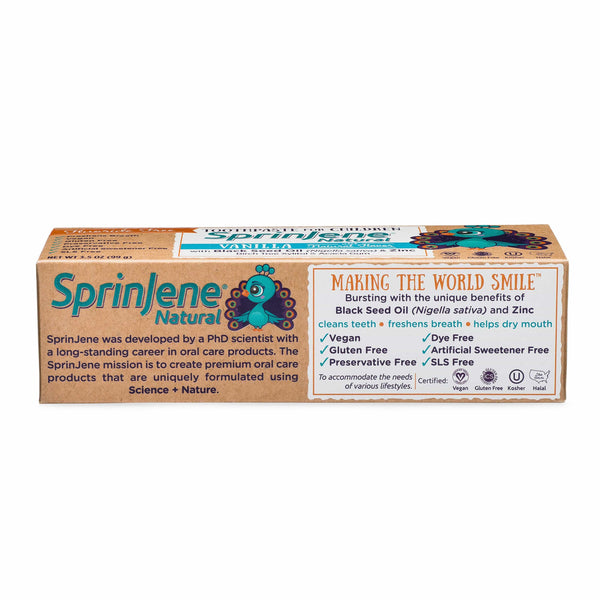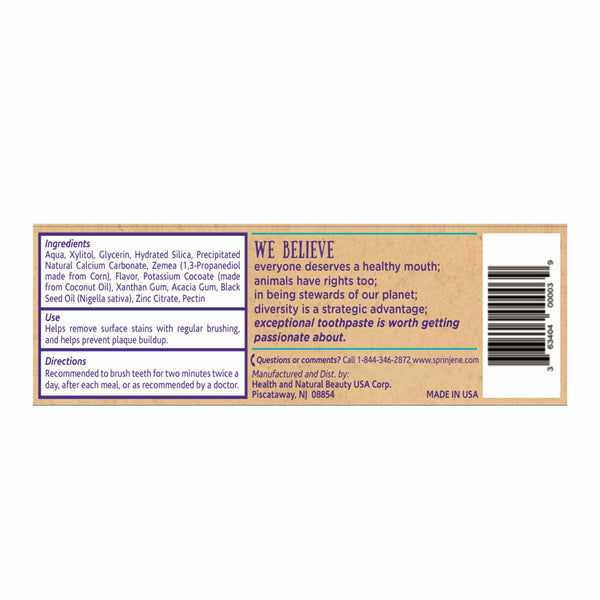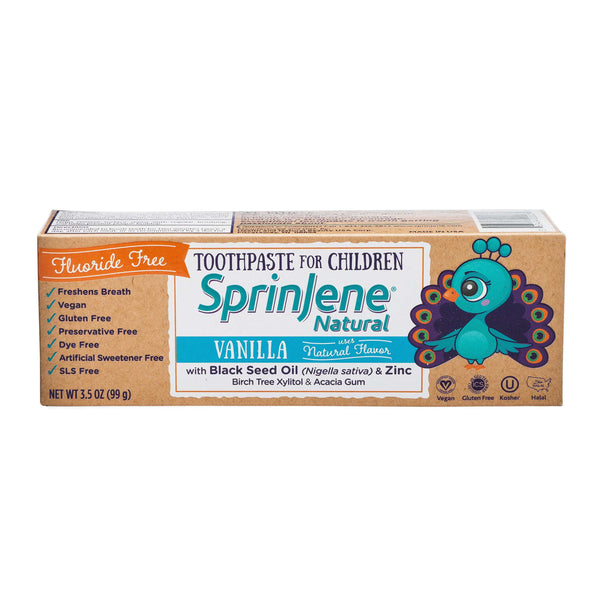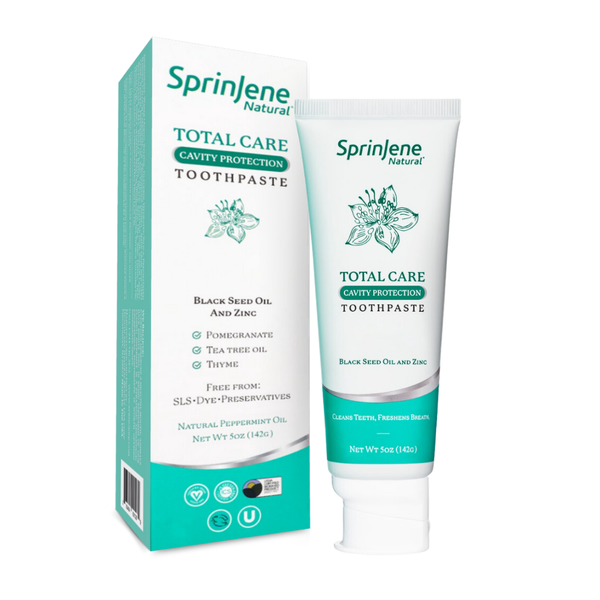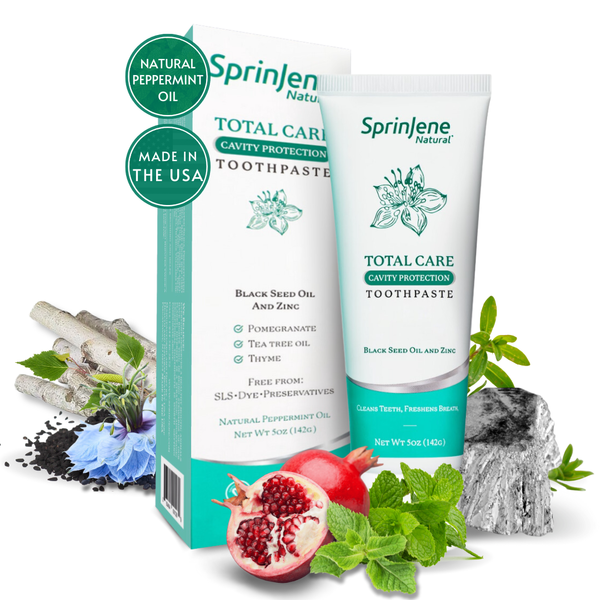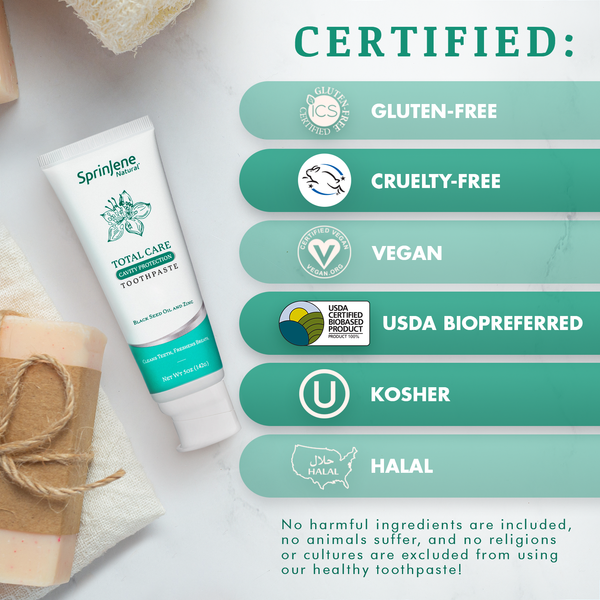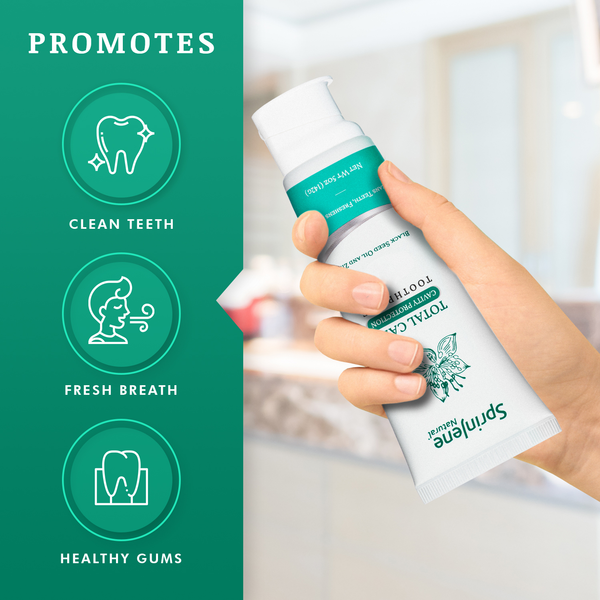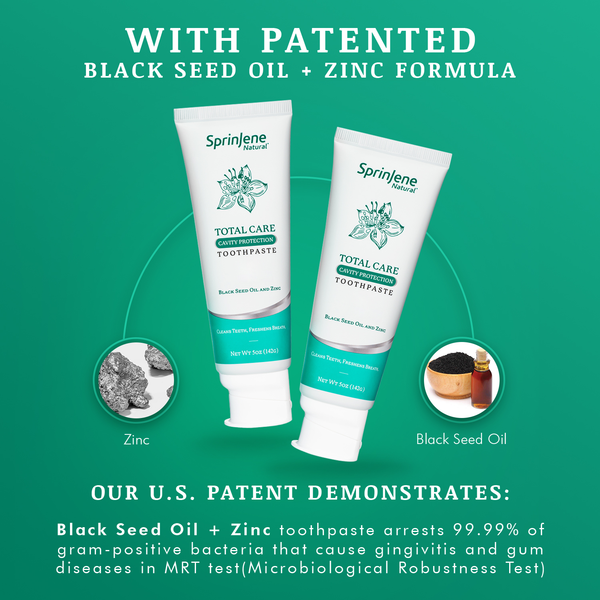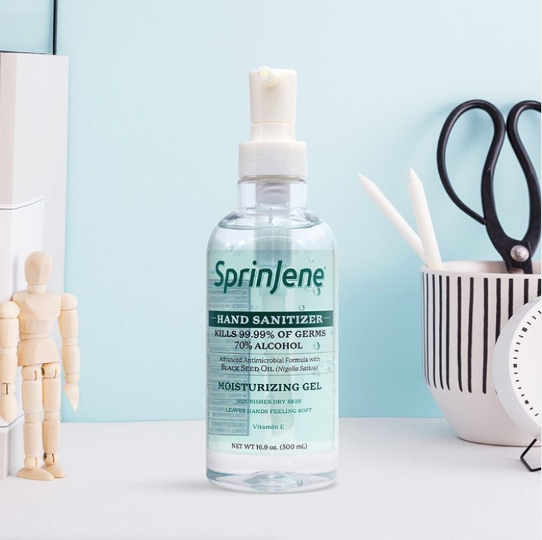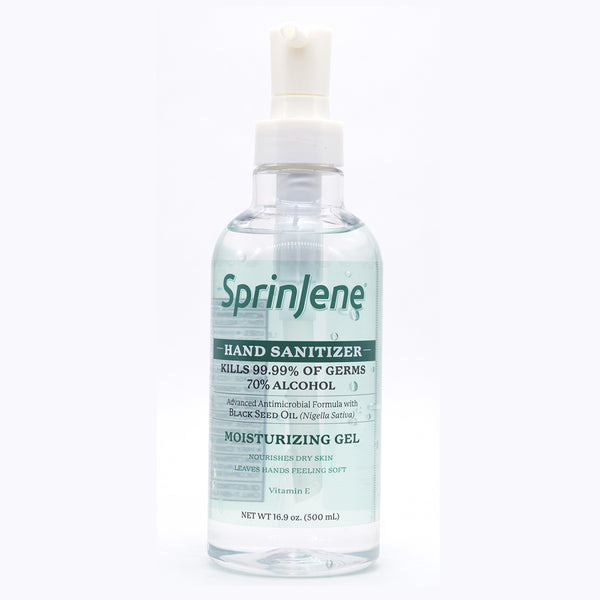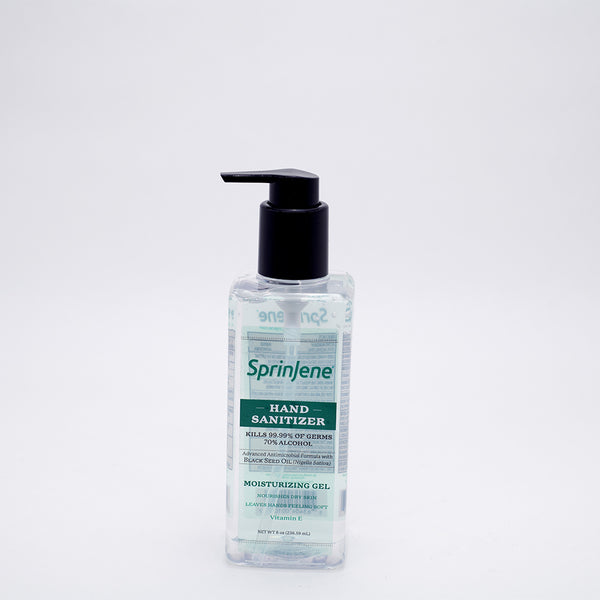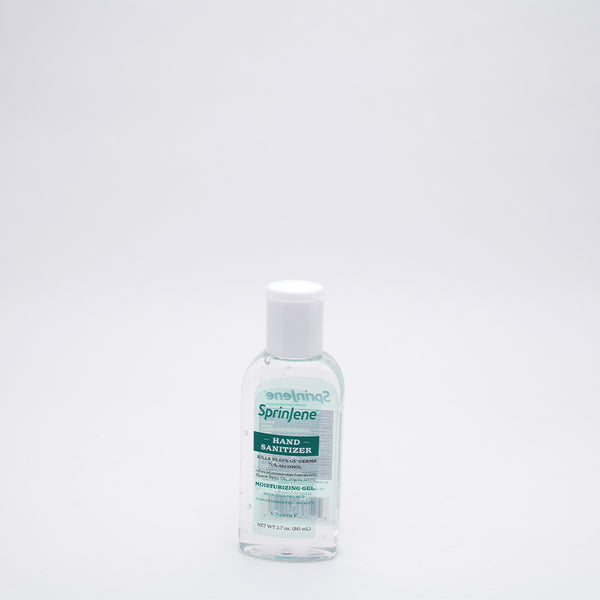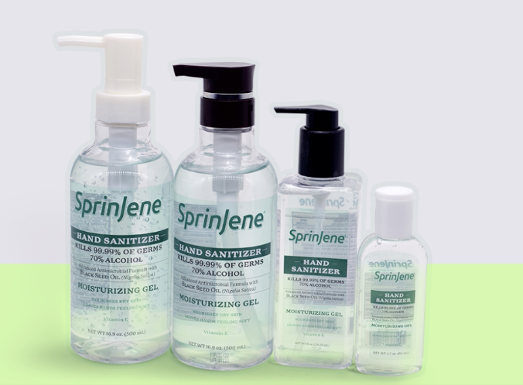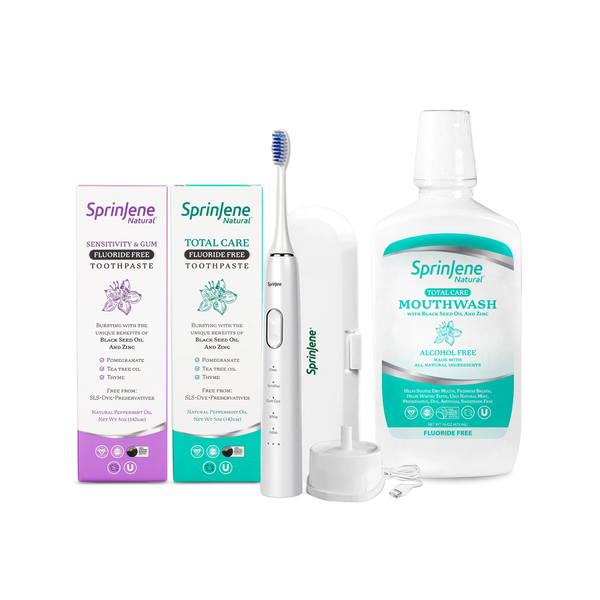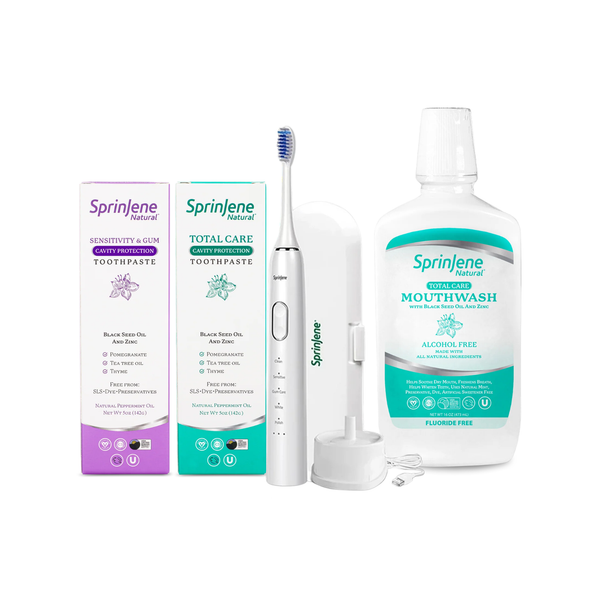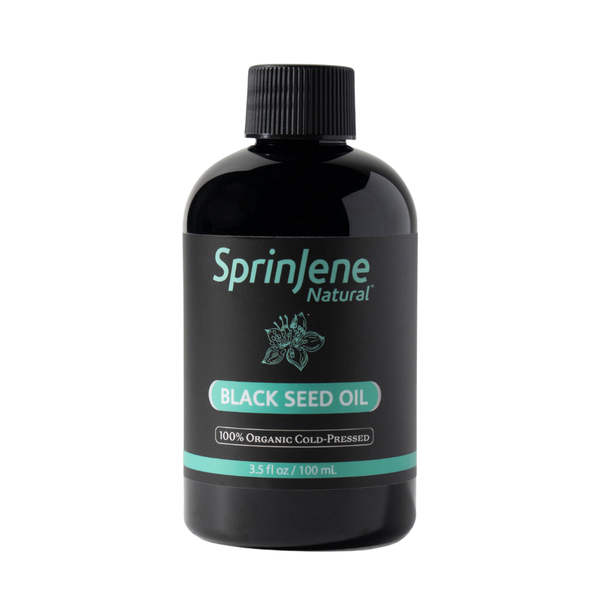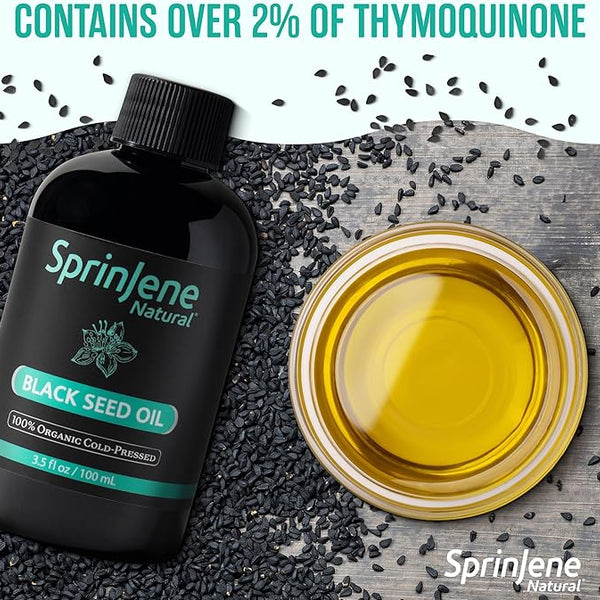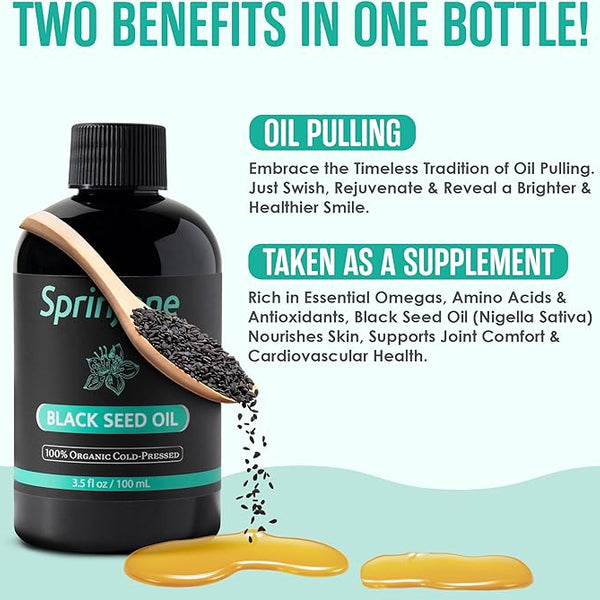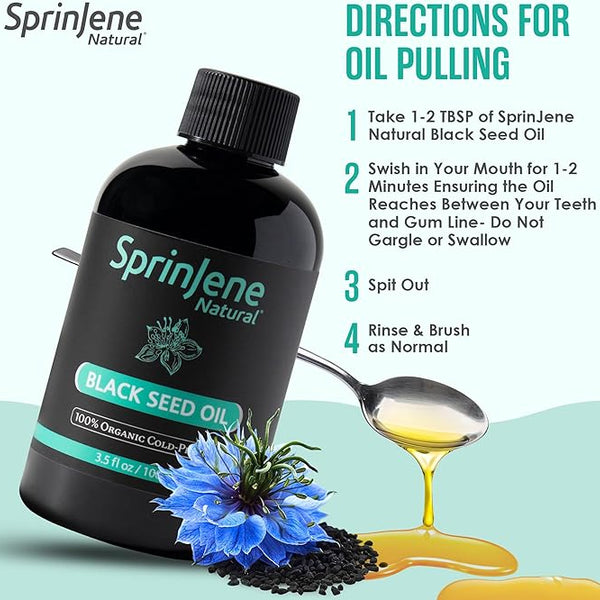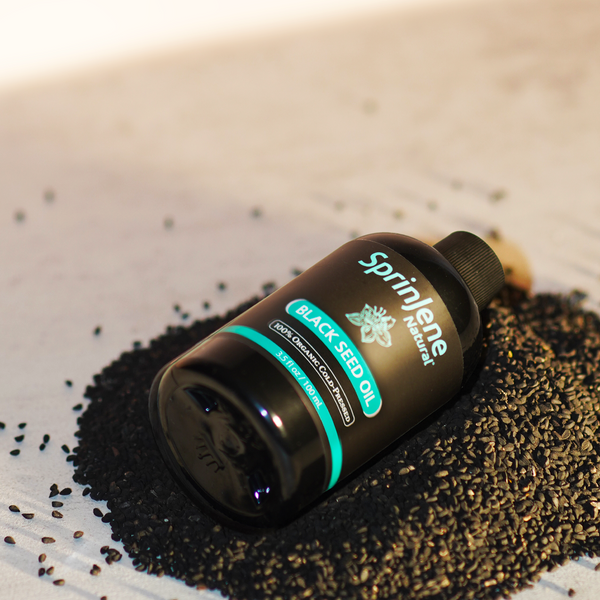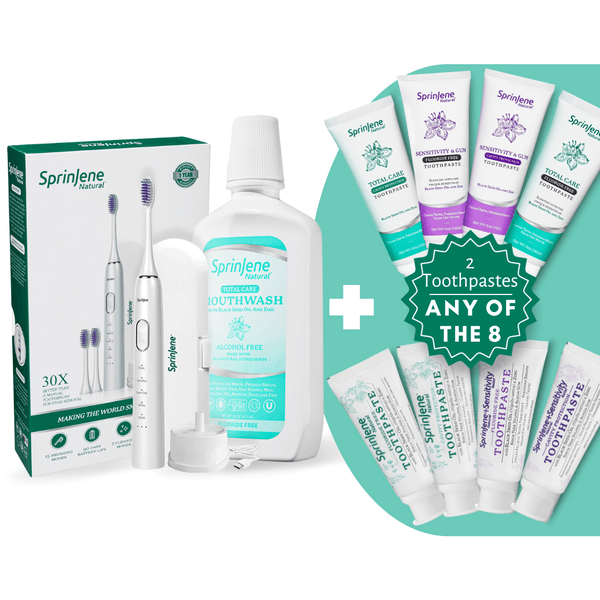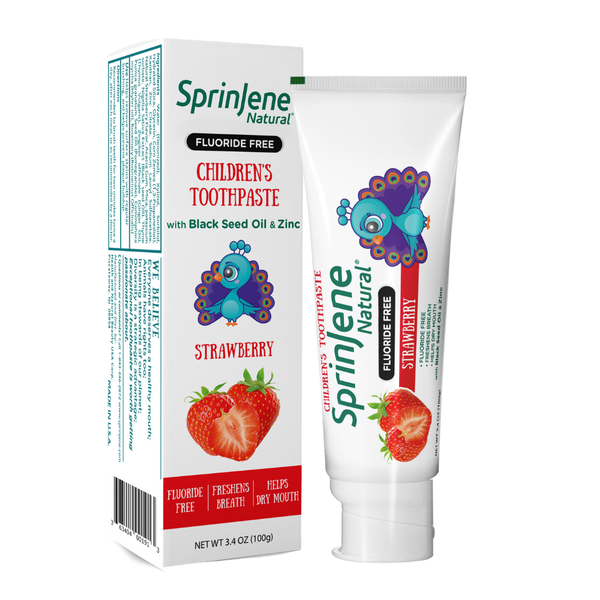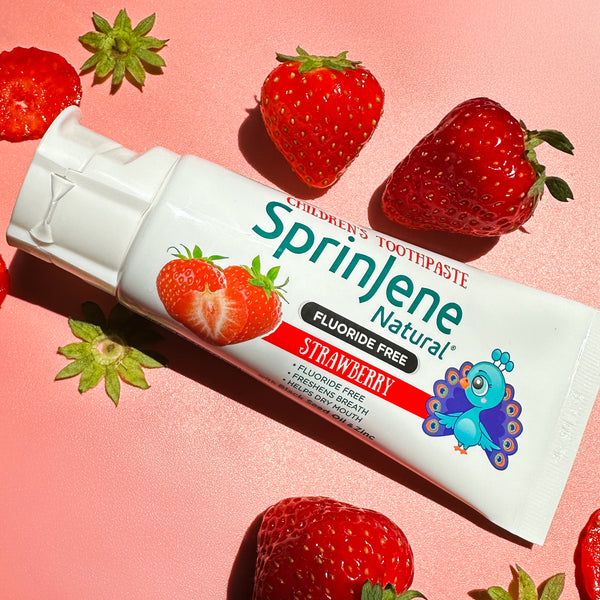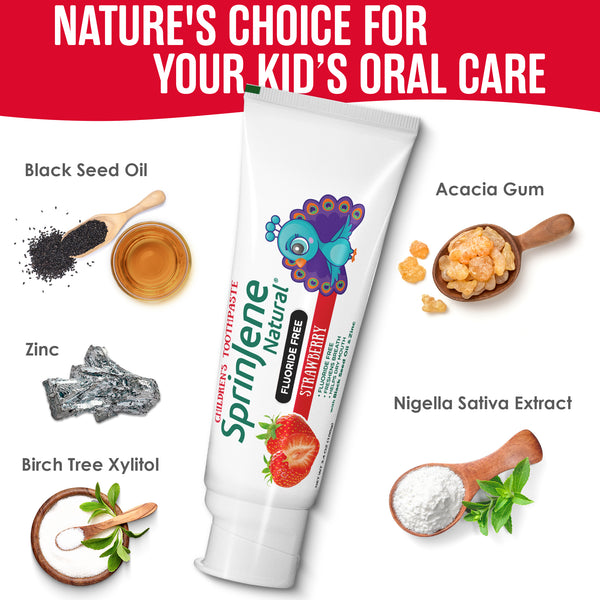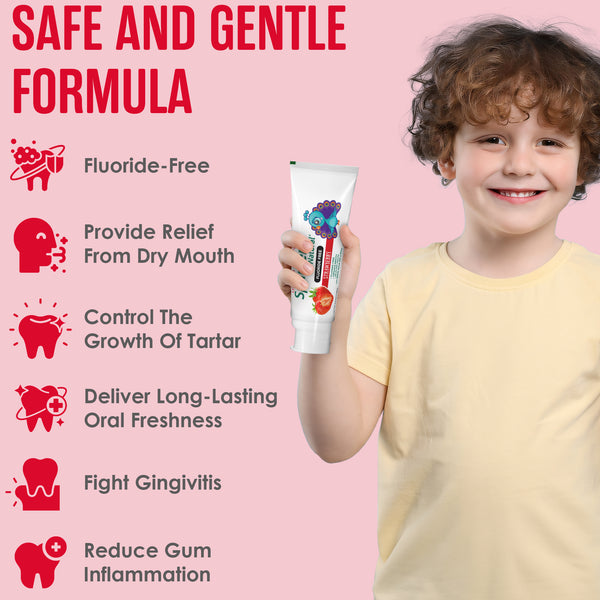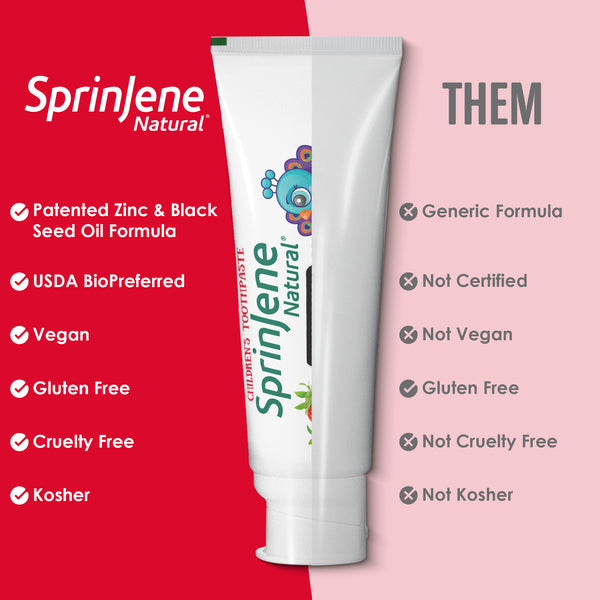
Xylitol is a naturally occurring white crystalline carbohydrate discovered over a century ago. It looks and tastes just like sugar but lacks the negative health effects of sugar. It is being used all over the world now as a sugar replacement especially in patients who suffer from diabetes. It is naturally present in many berries, fruits and vegetables. Xylitol is also commercially produced from birch bark and corn cob for use as a sweetener to replace calories from carbohydrates and sugars. Xylitol has been approved for use in food by the Food and Drug Administration (FDA) since 1963.
Xylitol is essentially non fermentable, which means it does not break down by the bacteria present in the oral cavity unlike other sugars, hence it does not cause tooth decay. Instead it has the amazing ability to increase saliva production causing constant flushing away of bacteria in the oral cavity thereby reducing chances of bacterial activity on residual food debris. It also has a re-mineralizing property.
Impact on Oral Health
- Xylitol is not fermentable and so it does not break down like regular sugar e.g., lactose, sucrose and fructose, in to glucose causing release of lactic acid which causes tooth decay.
- Xylitol decreases the incidence of dental caries by increasing salivary flow
- It increases the Ph of saliva and creating a non-optimal environment for bacterial activity.
- It reducing the number of cariogenic (MS) and Periodontal (Helicobacter pylori) bacteria, plaque levels
- It helps in the management of xerostomia, gingival inflammation, and erosion of teeth.
- Xylitol is well tolerated by the human body as a sweetener and hence makes it safe to use in oral products.
- According to experimental studies, plaque samples of habitual xylitol users showed a significant reduction in plaque adhesiveness and insoluble extracellular polysaccharides produced by mutanswhen compared with those who did not consume xylitol at all.
- Increased saliva means decreased bacteria which in turn causes a reduction in tooth decay and the incidence of gum disease.
- Xylitol’s molecular structure slows the growth of S. Mutans on the tooth surfaces, stops the production of tooth decay-causing acid and neutralizes the pH level in saliva and plaque.
- A neutral pH prevents further enamel destruction.
- Since xylitol slows destruction and enables some rebuilding of the enamel, it helps prevent new cavities from forming and over time can reverse tooth decay that already occurred.
- Xylitol may also prevent S. Mutans from transferring to other members of the family.
Xerostomia and Cavities
Xerostomia is a condition resulting in a dry mouth caused by reduced or absent salivary flow. Xerostomia is not a disease but a symptom of a disease. Can be caused by radiation therapy to the head and neck, age, certain medications such as decongestants and anti-depressants, Sjogren’s syndrome and HIV/AIDS are to name a few causes.
Xylitol Products and Their Indications for Use:
Chewing gum: Chewing gum accelerates the processes of rinsing away acid and uptake of beneficial calcium phosphate molecules to re-mineralize tooth enamel. Also indicated in patients suffering from dry mouth.
Powdered form as sweetener for food and beverages: recommended for use in patients suffering from diabetics.
Toothpaste: anti-cariogenic and antibacterial property.
Mouth rinse: anti-cariogenic and anti-bacterial property. The xylitol/chlorhexidine combination inhibited streptococci more when compared with xylitol or chlorhexidine being used alone.
Gummy bear snacks: for children who are prone to developing caries.
Syrup: Xylitol syrup is indicated in young children with early childhood caries
In Natural Toothpaste
According experimental studies toothpaste with xylitol led to a decrease in S. mutans colonies in saliva, the amount of secreted saliva, and the increase of pH value. It has a positive effect on the quality of the oral environment and it would be useful introducing it into prophylactic programs. Synergistic use of xylitol with small doses of fluoride ions helps in caries control and avoiding contact of fluoride with tooth enamel during stages of mineralization.
Chewing gum has been the most widely used xylitol medium. Holgerson confirmed that continuous and long-term exposure of the teeth to xylitol is required irrespective of whether the medium used is chewing gum, toothpaste, mouth rinse, sucking tablets, or candy tablets. A clinician can choose from the various options available in a given situation.
SprinJene natural tooth paste for children and adults uses all natural ingredients in its tooth paste including xylitol. It has 100 percent organic and chemical free ingredients each carefully chosen for their medical and oral health benefits. These include:
- Black seed oil
- Zinc extracts
- Xylitol and stevia
- Coconut oil
- Acacia gum
- Aqua and glycerin
There are is a wide range of options to choose from to suit each individual’s needs. Ranging from 7 kinds of fluoride tooth pastes and 2 without fluoride. Flavors including green apple, mint, water melon and vanilla. There is also a selection of whitening toothpastes with added abrasives for stain removal and another variety for sensitive teeth. SprinJene tooth paste takes pride in being Vegan, Kosher, Halal and Cruelty free. It is also Gluten free for those suffering from gluten allergies.
References
- Bär A. Caries prevention with xylitol. A review of the scientific evidence. World Rev Nutr Diet. 1988;55:183–209. [PubMed] [Google Scholar]
- American Academy of Pediatric Dentistry Policy on the use of xylitol in caries prevention. Pediatr Dent. 2010;32(Special issue):36–38. [Google Scholar]
- Rupesh S, Nayak UA. Genetic sensitivity to the bitter taste of 6-n propylthiouracil: a new risk determinant for dental caries in children. J Indian Soc Pedod Prev Dent. 2006;25(2):63–68. [PubMed] [Google Scholar]
- Burt B. The use of sorbitol and xylitol sweetened chewing gum in caries control. J Am Dent Assoc. 2006;137(2):190–196. [PubMed] [Google Scholar]
- Food and Drug Administration Food Labeling: Health Claims; Sugar Alcohols and Dental Caries. [Accessed September 29, 2014]. Available from: http://www.gpo.gov/fdsys/pkg/FR-1995-07-20/pdf/95-17505.pdf.
- Milgrom P, Ly KA, Rothen M. Xylitol and its vehicles for public health needs. Adv Dent Res. 2009;21:44–47. [PMC free article] [PubMed] [Google Scholar]
- Trahan L, Néron S, Bareil M. Intracellular xylitol-phosphate hydrolysis and efflux of xylitol in Streptococcus sobrinus. Oral Microbiol Immunol. 1991;6(1):41–50. [PubMed] [Google Scholar]
- Tanzer JM, Thompson A, Wen ZT, Burne RA. Streptococcus mutans: fructose transport, xylitol resistance, and virulence. J Dent Res. 2006;85(4):369–373. [PMC free article] [PubMed] [Google Scholar]
- Roberts MC, Riedy CA, Coldwell SE, et al. How xylitol-containing products affect cariogenic bacteria. J Am Dent Assoc. 2002;133(4):435–441. [PubMed] [Google Scholar]

